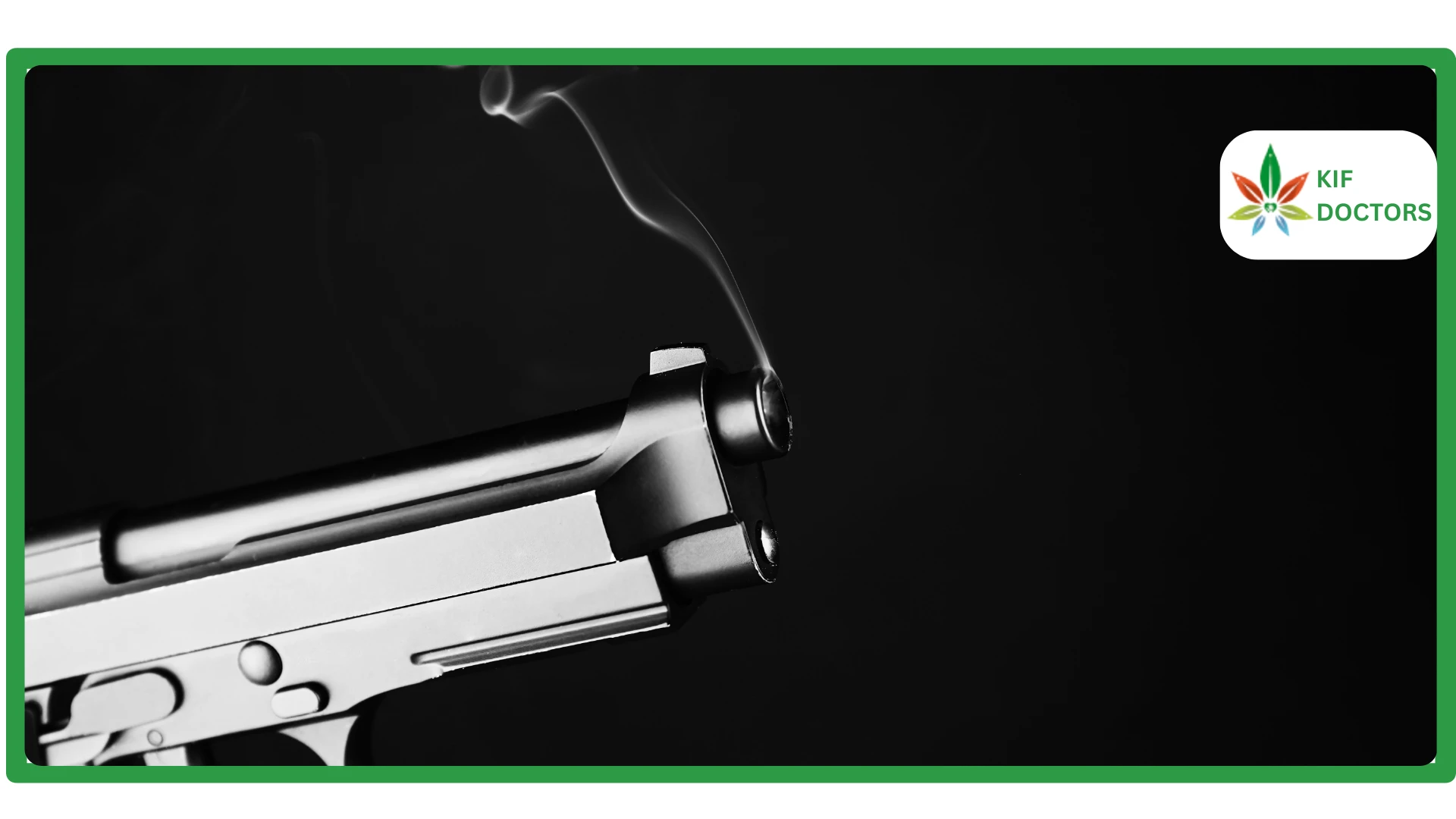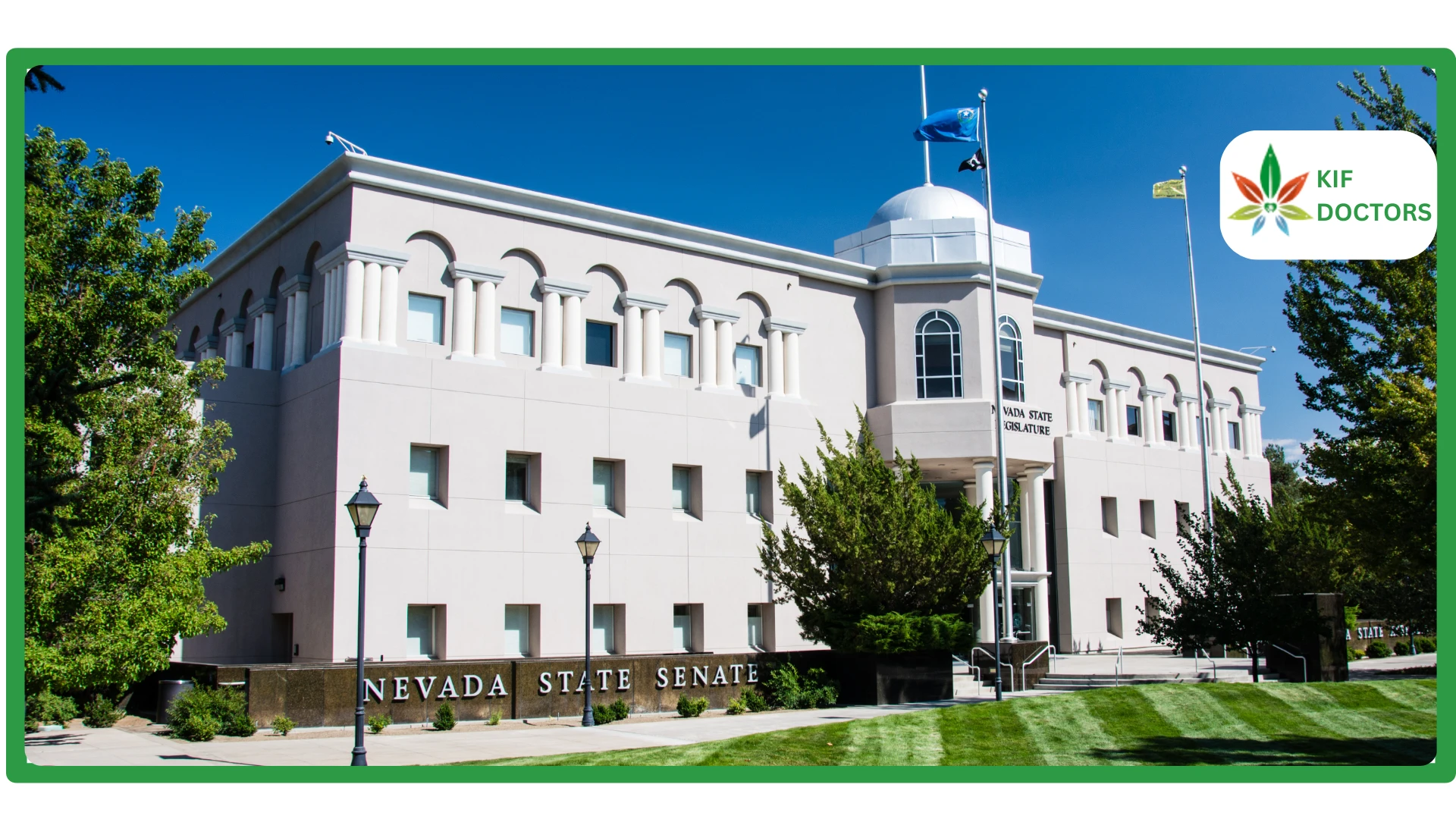TRT (Testosterone Replacement Therapy) turned out to be an effective wonder worker that helps the unlucky men to combat the impacts of the limited testosterone by increasing the energy, strength, libido, and confidence. However, in the case of men who hope to have kids, an even bigger question springs to mind can you still get a person pregnant on TRT?
It is an issue that most people do not give much thought to until they actually want to get pregnant. Fact is, male fertility can be greatly affected by the use of TRT, but here is something positive, it does not spell doom to your chances of becoming a father. What you are going to read next is an in-depth analysis of the effect of TRT on sperm generation, fertility performance, and treatment approach, and what you can do yourself to safeguard your fertility.
How Does TRT Affect Male Fertility?
TRT has an effect of elevating the testosterone level by external-based interventions, either via injections, gels, or pellets. As much as this helps in combating effects of low T, it is likely to create an imbalance in the Hypothalamic-Pituitary-Gonadal (HPG) axis- the hormonal system that produces sperms.
Don’t Wait, Reclaim Your Vitality – Click here to Book Your TRT Consultation Now!
When the brain gets exogenous testosterone, it signals that the testosterone level is sufficient and suppresses both the release of LH (luteinizing hormone) and FSH (follicle-stimulating hormone). The two hormones are necessary to trigger the testes to produce testosterone and sperm. Their absence reduces the capacity to produce sperm or even any sperm at all.
This condition is referred to as azoospermia (absence of sperm in semen), and this may render conception very difficult without medical aid.
Can You Get Someone Pregnant While on TRT?
It is indeed true, however, this is rare and it is greatly dependent on your own biology and details of your TRT protocol.
In some men, production of residual sperm may occur during TRT, particularly in the early periods and with low doses. It is possible that others would become totally infertile during the course of treatment.
Some of the few men on TRT have managed to have children but in most cases it is either:
- By chance, when their sperm production hasn’t dropped to zero yet.
- Or when TRT is supplemented with certain medications known to support fertility such as HCG (Human Chorionic Gonadotropin), or Clomid (Clomiphene Citrate).
Thus, even though it can occur, it is not a good idea to rely on fertility in case of TRT without direct medical intervention.
Common TRT Protocols and Their Fertility Impact
The Testosterone Replacement Therapy can be administered through a number of methods and all of them impact fertility in their own way. Although all of the TRT protocols are capable of suppressing sperm production to some degree, the level and duration of suppression vary with mode of testosterone administration. Familiarity will assist you and your medical professional to make decisions on whether or not fertility is a problem.
1. Injectable Testosterone (Cypionate/Enanthate)
One of the most used TRTs that have been most commonly prescribed is a testosterone injection as it is economical and also favourable. Nonetheless, it releases loads of testosterone after every 1-2 weeks which produces hormonal spikes. These high values are a fast alert to the brain to deactivate the ability to produce normal testosterone thus radically reducing the release of LH and FSH. Consequently, sperm counts decrease dramatically in a few weeks of usage. long-term injection can cause azoospermia, and injectable TRT is therefore one of the most infertility-depressing regimes without concomitant HCG or fertility support therapy.
2. Transdermal Gels and Creams
The topical testosterone is applied topically as gels and creams and the testosterone enter the body via the skin and offer a greater degree of stability regarding the level of testosterone as compared to the injected form. It provides a smoother delivery of hormones however it still suppresses the HPG axis. With time the levels of LH and FSH decline resulting in decreased testicular activity and low spermatogenesis. Whereas partial fertility might be maintained by some men at lower dosages, transdermal does not necessarily promote fertility and usually needs supplemental hormonal treatment to maintain fertility.
3. Testosterone Pellets
Pellets are also introduced below the skin and they release testosterone on a regular basis over 3-6 months. Even though they are convenient since one does not have to worry about frequent doses, there is a continuous release of testosterone in the body and this causes an unrelenting suppression in the pituitary gland. This greatly reduces the LH and FSH secretions which causes a drastic reduction in the sperm production. Due to the enduring properties of pellets, post-ablation fertility recovery might need rather longer than fertility in other types of the TRT, and this practice is inappropriate in males who are likely to beget their baby quickly.
4. Nasal and Oral Testosterone
A newer delivery method of TRT is nasal spray as well as oral testosterone tablet. These formulas will refreshingly give an immediate testosterone lift and they may offer some recovery time between re-dos, which could result in shorter-term HPG-axis depression. Nonetheless, the fertility effects of these measures are not duly documented as yet. Theoretically, it is less suppressive, but in most users the number of sperm produced becomes lower. These have to be used with caution especially by men that stress more on fertility and preferably be accompanied with fertility-enhancing agents in case freezing of sperm is needed.
5. Fertility Impact Summary Across Protocols
Although various TRT forms are focused on restoration of testosterone levels to alleviate peculiarities of hypogonadism; they also lead to definite lowering of endogenous testosterone production, and to further infertility. The use of injections and pellets tends to be more suppressive because it is either long lasting or strong. Gels and newer oral/nasal versions can permit a little less suppression, but still without the combined therapy remain hazardous. In case fertility is of importance, a combination of TRT and medications such as HCG or Clomid should be taken under medical supervision to support the health of the sperm.
When Should You Stop TRT to Try for a Baby?
In case of future pregnancy it is always recommended to quit TRT a few months before it.
- In men, fertility returns to normal after discontinuing TRT in 3 to 12 months in most cases.
- Clomid and HCG are often used during this time to stimulate sperm production.
- Semen analysis should be carried out after every 2-3 months to monitor the progress.
Nevertheless, it does not always recover. In certain instances, fertility services of professionals might be required, particularly where the sperms counts are low.
When to Seek Professional Help?
You are advised to see a fertility specialist in the case of:
- You have taken TRT and you are not able to conceive even after 6 months to 12 months.
- The semen analysis indicates no or few sperms.
- You’ve stopped TRT but sperm production hasn’t recovered.
- You are intending to get pregnant shortly and you want professional fertility advice.
Experts will provide high-end fertility tests, medicines and assisted reproductive procedures to make you a proud father.
Strategies to Preserve or Restore Fertility While on TRT
Just because you’re on TRT doesn’t mean you have to give up on fatherhood. Most men are able to retain or restore their fertility through add-on therapy in the presence of the appropriate medical support, even when their TRT is still ongoing. All these are normally done under watch of a hormone therapy/ fertility specialist in order to balance the level of testosterone and make sure that there is production of sperm.
1. Human Chorionic Gonadotropin (HCG)
Communication of HCG is similar to LH, and in response, testes keep forming the testosterone and sperm, despite being on TRT. It is also one of the most popular ways of maintaining fertility in TRT. In the case of HCG, it is normally taken 2-3 times a week as a subcutaneous injection which prevents the shrinking of the testicles, aids in generation of sperm and provides maintenance of intratesticular testosterone. Those men who take HCG with TRT usually have improved fertility results than men who take testosterone therapy alone. It is one of the pillars of fertility among TRT patients.
2. Clomiphene Citrate (Clomid)
Clomid is a SERM (selective estrogen receptor modulator) which functions to elevate natural release of LH and FSH. In contrast to TRT, it does not suppress body hormonal processes but improves them. Clomid can help sustain testosterone levels as well as sperm production when used by itself or in combination with HCG. It is frequently offered to men whose reproductive future they desire to preserve without immediately proceeding to TRT, or it may be used as a supplement in a so-called fertility recovery regimen. Clomid is also orally administered and this works out as convenient to many men.
3. Gonadotropin-Releasing Hormone (GnRH) Therapy
GnRH therapy is an even more advanced one typically applied when pituitary suppression is critical or men face fertility complications after undergoing TRT. This treatment entails pulsatile delivery of synthetic GnRH in an attempt to imitate the natural hormone cycle thus triggering the generation of LH and FSH. Although not as frequently as HCG or Clomid, it is a potentially very useful agent in restoring spermatogenesis when other methods fail, because of cost and complexity. It is normally taken with the supervision of a fertility specialist or endocrinologist.
4. Post-Cycle Therapy (PCT) After Discontinuing TRT
When you choose to discontinue TRT to regain fertility, it will usually be required to do a post-cycle therapy to reset your natural hormonal axis. As a rule, it involves the use of drugs such as Clomid or Nolvadex (sometimes combined with HCG). PCT works by re-stimulating production of LH and FSH restarting the production of sperm and the natural production of testosterone. The success of PCT is generalized into two factors, the length of time on TRT, and your baseline fertility. The best way of getting the best recovery after discontinuation is having proper guidance and monitoring.
5. Combine Medical Therapy with Lifestyle Adjustments
Medical treatment alone isn’t enough— your life style also has great influence on fertility. Everything that makes it into this category to make you more likely to retain or regain fertility is losing weight, eliminating stress, not using hot tubs or saunas, cutting down on alcohol, stopping smoking, and getting good sleep. These lifestyle interventions coupled with HCG or Clomid make the environment friendlier towards production of sperm and general health of hormones. The best fertility rates come as a result of consistency in both encouraging interventions related to the medical, as well as alterations that have to be made on a lifestyle level.
How to Know if You’re Fertile on TRT
Fertility isn’t something you can guess—testing is the only way to know. During TRT, in case you want to evaluate the presence or absence of sperm emission, some tests will help you understand. These tests facilitate the diagnosis of your situation by indicating whether your fertility is inhibited and to what extends recovery/preservation of reproductive functions are feasible.
1. Semen Analysis
The most definitive way to assess fertility is through a semen analysis. This test measures the sperm in your ejaculate and the motility of sperm and their shape. It is able to identify such problems as low sperm count (oligospermia) or the absence of sperm (azoospermia) which is widespread among men on TRT. The next initiative you should take in case you intend to get pregnant during or after TRT is a semen analysis. Multiple sets of testing might be required in the course of time to follow the changes and monitor recovery in case of fertility impairment.
2. Hormone Blood Panel (LH, FSH, Estradiol)
The LH and FSH measurements of the blood are essential to review the condition of your HPG axis. Low hormones mean that TRT has inhibited production of sperms by your own pituitary gland. The levels of estradiol and prolactin are also significant because their deregulation deteriorates the reproduction. These tests are usually accompanied with a semen analysis to know how well your body is retaining or regains fertility during or after receiving testosterone medicine.
3. Testicular Volume and Physical Exam
Fertility can be provided through physical examination either by a doctor in urologist or endocrinologist. A less common, but still fairly common side effect of TRT is reduced testicular size (testicular atrophy), which may indicate the malfunctioning of sperm production. A doctor might also seek varicoceles or other physical detrimental oddities that might influence fruitfulness. Testicular volume is not a replacement of semen analysis but can assist in explaining the need of more appropriate analysis, as well as inferring the need of treatment, to restore fertility.
4. Sperm DNA Fragmentation Test
Male partners with a DNA fragmentation test may be suggested to those who have difficulties conceiving though the sperm count is normal. This test determines the quality of sperm DNA that may affect pregnancy and the quality of embryo. Oxidative stress, ageing, and hormonal imbalances are some of the causes of high DNA fragmentation. In case you are on a TRT and you are not having a child by showing normal semen analysis tests but you look quite normal then this advanced test can give you more insights into sperm quality.
5. Ultrasound Imaging (Scrotal or Transrectal)
Structural or vascular anomalies that have an impact on fertility could be found through ultrasounds e.g. blockage, varicoceles or prostate. The imaging examinations are usually done in case of aberrations during the semen analysis or blood tests analysing hormones, and when no apparent reason is detected. Ultrasound will perhaps fill in the image and make nothing be missed. In long-term-infertile TRT users, the tool could be useful to identify and direct fertility-based intervention strategy.
Conclusion
TRT may inhibit sperm production but that does not make it impossible to become a father. By smart planning, medical awareness, and the appropriate support therapy such as HCG or Clomid, it is possible to continuously be sexually healthy and fertile.
We value that hormonal medicine has to be balanced with your personal needs, such as starting family planning, at The KIF. That is why we provide:
- Free TRT Consultation ($0) to understand your current status and needs.
- New TRT Patient Program ($249) with full evaluation + 1-month treatment.
- Monthly TRT Subscription ($149/month) with expert medical oversight.
- Personalized fertility guidance and add-on protocols to protect your reproductive health.
Don’t choose between vitality and fatherhood—you can have both. Book your free consultation with The KIF today and take control of your future.
 Since 2021, Kif offers a streamlined platform to get a medical marijuana card online. We have served more than 45K patients across the United States. Sign Up Now to get the right to use medical cannabis for your health condition without any delay.
Since 2021, Kif offers a streamlined platform to get a medical marijuana card online. We have served more than 45K patients across the United States. Sign Up Now to get the right to use medical cannabis for your health condition without any delay.























